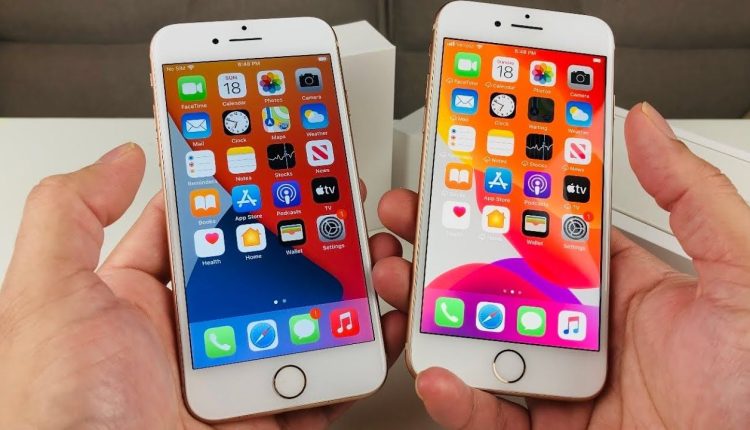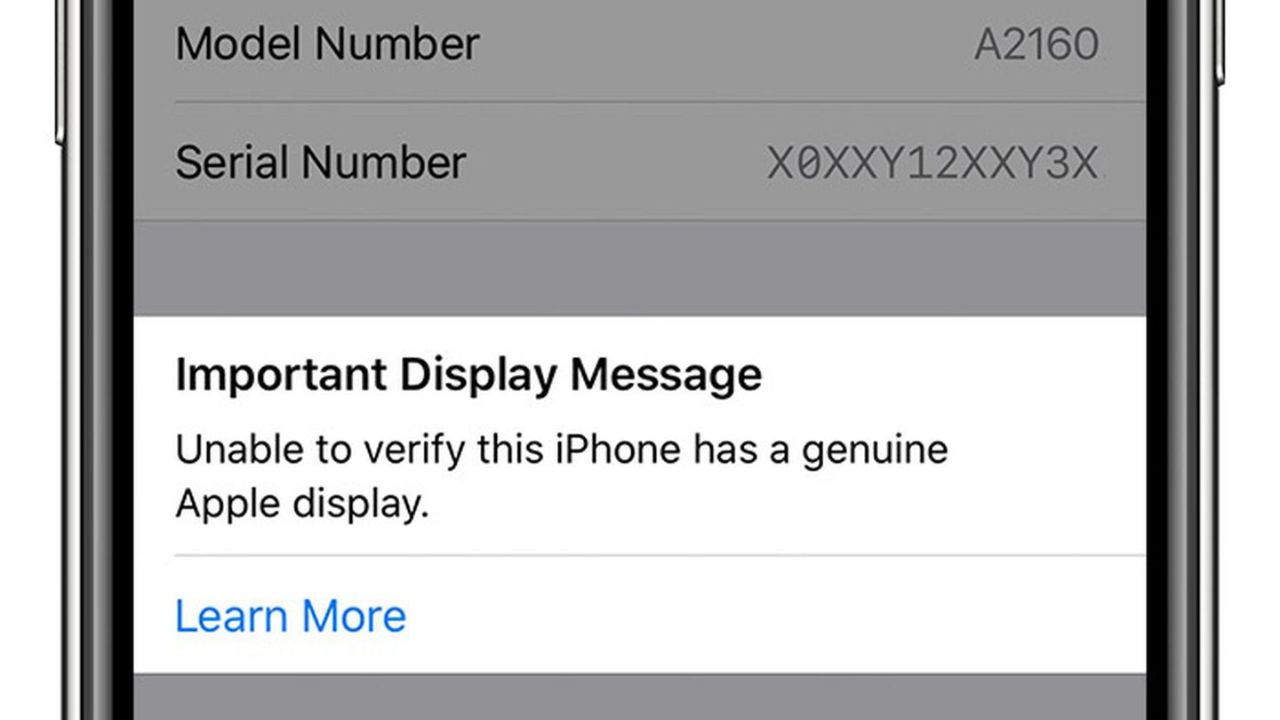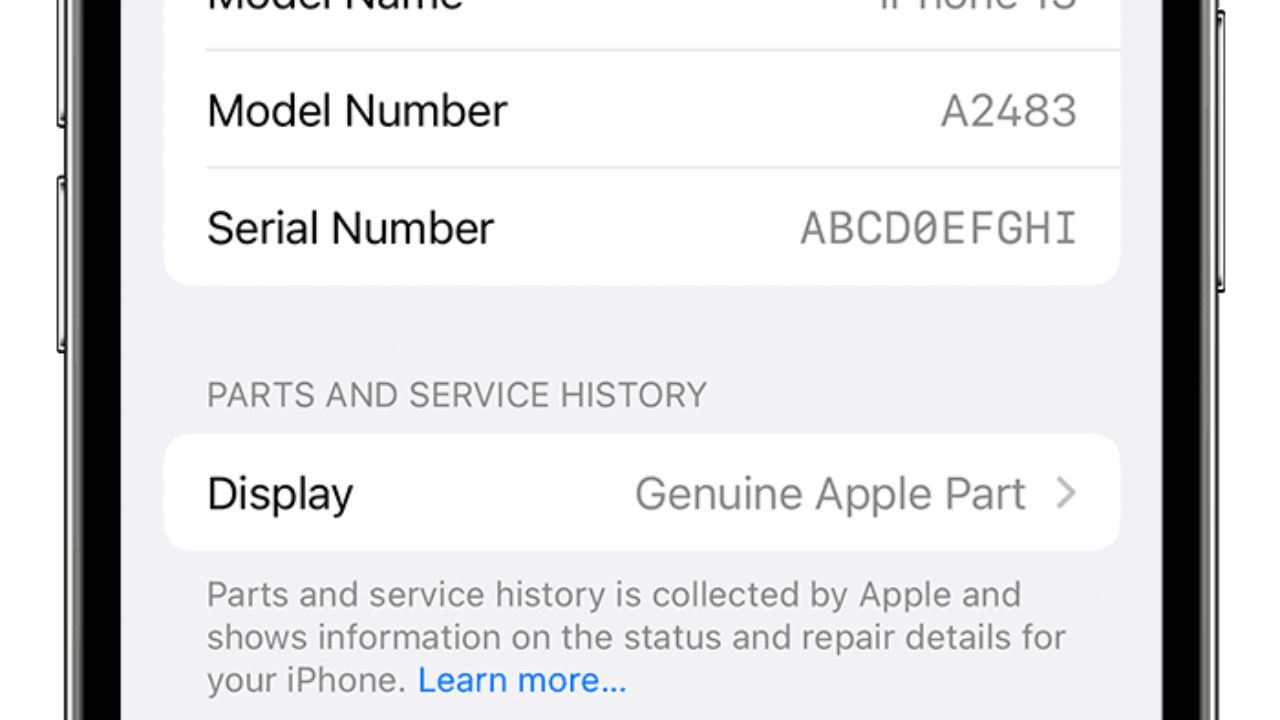You could get a fake screen if you buy a used iPhone or have it fixed by someone who isn’t authorized to do so. I’ll show you how to tell if the screen on your iPhone is real or fake in this piece. Even though there may be problems with used iPhones, it’s best to buy ones with their original screens.
The original iPhone screen is not only made to work but also to meet safety standards for daily use. Even if you buy a used original iPhone, Apple will still fix or replace it if it has a problem from the start.
Table of Contents
Proven Ways to Tell If the Screen on Your iPhone is Real or Fake
You don’t need anything else to tell if an iPhone’s screen is real or fake. I’ll show you how to tell if the screen on an iPhone is real or fake. Here are a few ways to tell if the screen on an old iPhone is still the same:
Watch Out for Notifications
If you have an iPhone 11 or later with iOS 15.2 or later, but not an iPhone SE (2nd or 3rd generation), go to Settings > General > About to see your phone’s parts and repair history. You can also check to see if anything has changed by looking at the computer. “Genuine Apple Part” will show up next to the Display if the problem was solved with original Apple parts and methods. “Genuine Apple Part” will show up next to the monitor if the problem was fixed with real Apple parts and methods.
Enable Maximum Brightness
Ask Siri how to increase the screen brightness. One way to check if the screen on your iPhone is real is to turn up the light all the way and then open a black picture. You can also zoom in on the picture to make sure that the whole screen is black. If the screen looks like it’s not even on, you have an OLED panel. On the other hand, if you see any gray or white, even a tiny bit, the monitor is fake.
Shine a Torch or Flashlight on the Screen
You can also use a torch or flashlight to make sure that the screen on your iPhone is real. Then watch how the light looks on the screen very carefully. The screen of the first iPhone doesn’t have a grid. On the other hand, a fake screen will have gridlines that make it easy to spot.
Multi-touch Issues
Most fake touch screens only work once when you touch them. Screens that aren’t real won’t work as quickly or as well as real iPhone screens. Some ways to tell if a picture on a screen is fake:
- Touches that don’t work or don’t work in the right place on the screen.
- You can’t touch some parts of the screen at the same time.
- When people talk on the phone, they are touched in ways they didn’t expect.
- When someone talks on the phone and the screen stays on.
- If you accidentally touch the edge of the iPhone, it knows.
Display Brightness or Color Issues
Another problem with fake iPhone screens is that the LCD display panels may not be made by Apple. Most of the original iPhone screens are either Retina or Super Retina displays, which are made of an OLED panel that is very bright and shows true colors.
If your screen’s display has any of the following problems, you might not have a real iPhone screen:
- True Tone doesn’t work right on the iPhone.
- Sometimes the way the screen is lit changes.
- It’s not as bright as it should be, even when it’s at its best.
- I didn’t think I would be able to do as much as I have.
- The screen looks too yellow or blue because the color setting is wrong.
- The outside light sensor is getting old, so the screen is sometimes too dark or too bright.
Other Telltale Signs Your iPhone Display Is Not Genuine
- When you swipe between the choices, the picture “ghosts” or leaves a trail behind it.
- There is way too much blue in the picture. Or, the screen looks yellow because the colors aren’t set up right.
- The Home button and the frame are not the same color.
- The receive grill is set up so it is parallel to the frame.
- Two parts of something unique should be the same length.
- The proximity sensor is purple and has a shiny finish. There are two parts.
- Most of the time, Apple screens are bigger than screens made by other companies.
- Dust removers that stick to the screen tend to stay there longer. This could be because they don’t have or don’t have a good oleophobic defense.
- When you shake your iPhone with a Post-it note on the screen, it sticks well. If the screen is real, the sticky note shouldn’t stay stuck to the glass.
- But keep in mind that if the gadget has been used for a long time, the results of this test might not be very exact.
After being used for months or years, the layer will no longer be even. - Multi-Touch doesn’t work on every part of the screen.
- During a phone call, the screen might stay on, and the phone might pick up touches that weren’t meant to be made.
- The True Tone app doesn’t do what it’s supposed to.
- The light sensor isn’t working right, so the screen doesn’t get darker or brighter like it should.
- The screen is not that bright, even when turned all the way up. It also doesn’t all have the same amount of light.
- Less power stays in the battery for longer. Well, that makes sense, since the screens on new iPhones aren’t made to use the battery as much as possible.
Conclusion
You should only buy an iPhone from Apple or an authorized Apple shop if you want to get the most out of it. So, you’ll know for sure that your device is real. If you break the screen on your iPhone, you can get a new one at an Apple service shop.




